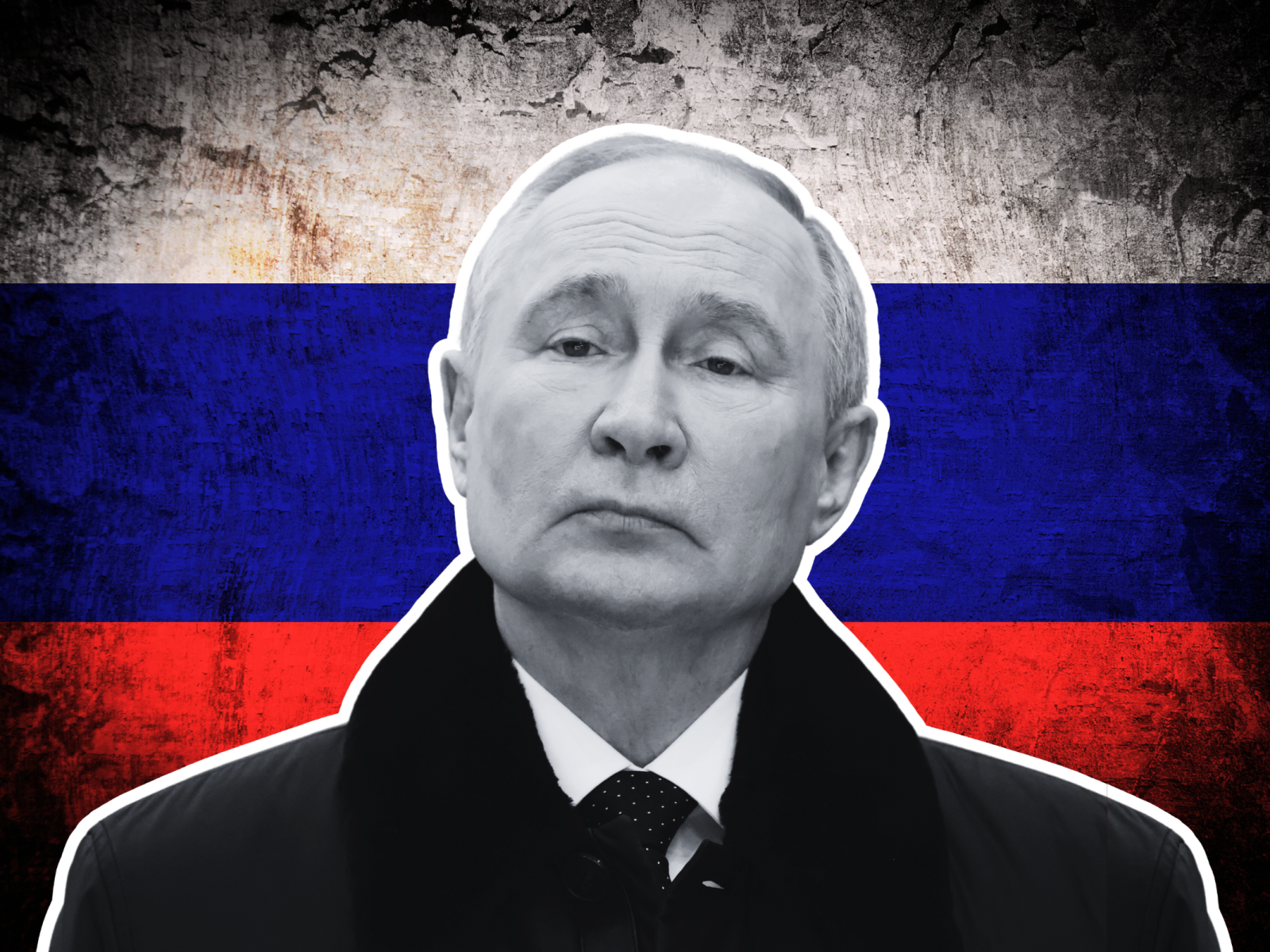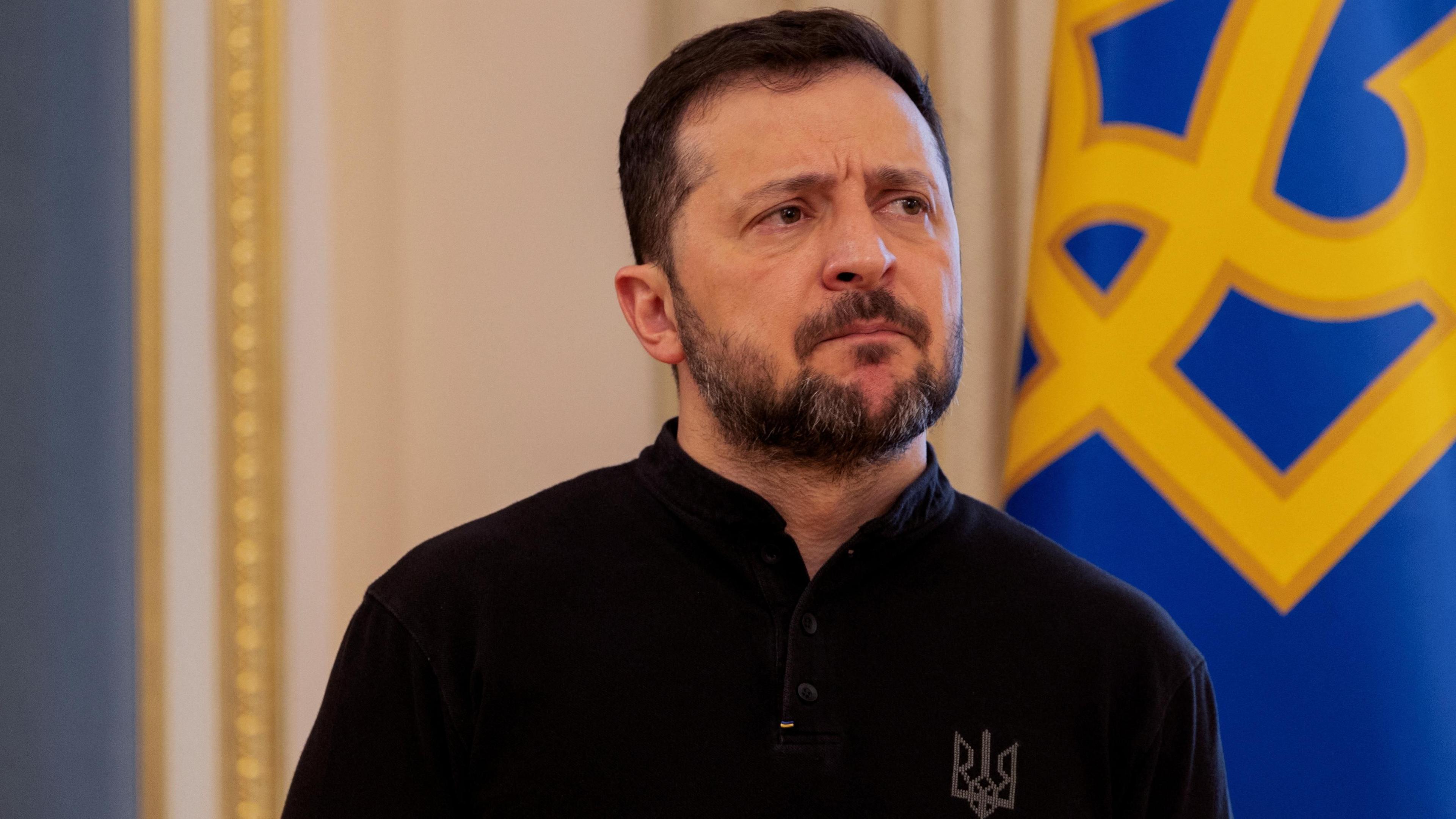The Russia-Ukraine war, ongoing since February 2022, faces several significant impediments to achieving a sustainable ceasefire. These obstacles stem from deep-seated geopolitical, territorial, and ideological differences between the two nations, as well as the involvement of external actors. Below is a detailed analysis of the key impediments based on available information:
- Mutually Exclusive Territorial Demands:
- Russia's Position: Russia demands that Ukraine withdraw from the four regions it illegally annexed in September 2022—Donetsk, Luhansk, Zaporizhzhia, and Kherson—despite not fully controlling them. Additionally, Russia insists on Ukraine ceding control over territories it currently occupies, roughly one-fifth of Ukraine. Moscow also seeks to address the status of Ukrainian troops in Russia’s Kursk region, where Ukraine launched a surprise incursion in August 2024. Putin has questioned whether Ukrainian forces will withdraw or surrender, indicating this as a precondition for a ceasefire.
- Ukraine's Position: Ukraine refuses to cede any additional territory beyond what Russia already controls and demands the return of all its internationally recognized borders, including Crimea (annexed in 2014). Kyiv also seeks the repatriation of forcibly deported Ukrainian children and detained civilians, which Russia has not addressed in ceasefire proposals. These conflicting territorial claims make negotiations challenging, as neither side is willing to concede significant ground.
- Differing Views on Ceasefire Terms and Duration:
- Russia's Conditional and Short-Term Proposals: Russia has proposed short-term ceasefires, such as a 72-hour truce for Victory Day (May 8-11, 2025) and a 30-hour Easter truce, but these have been dismissed by Ukraine as insufficient and insincere. Putin has expressed conditional support for a U.S.-proposed 30-day ceasefire but insists on resolving issues like Ukrainian troop presence in Kursk and sanctions relief before committing. Russia’s insistence on linking ceasefires to broader demands, such as lifting Western sanctions, complicates negotiations.
- Ukraine's Demand for a Robust Ceasefire: Ukraine has consistently pushed for a comprehensive, unconditional 30-day ceasefire as a step toward lasting peace, backed by international monitoring. Kyiv argues that short-term truces allow Russia to regroup and rearm, undermining long-term peace efforts. Zelenskyy has expressed skepticism about Russia’s intentions, citing a history of ceasefire violations.
- Lack of Trust and History of Failed Ceasefires:
- Both sides have accused each other of violating previous ceasefire agreements, such as the Minsk accords (2014-2015) and various holiday truces (e.g., Easter, Christmas, and school ceasefires). For instance, the Minsk-2 agreement collapsed within minutes due to continued fighting. Ukraine reported 734 violations during Russia’s Victory Day truce in May 2025, while Russia claimed 488 Ukrainian violations. This mutual distrust, reinforced by years of broken agreements, makes both parties hesitant to commit to new ceasefires without robust enforcement mechanisms.
- Independent experts note that Russia bears significant responsibility for past violations, such as the capture of Debaltseve in 2015, but Ukraine has also been accused of minor breaches, further eroding trust.
- Russia’s Broader Geopolitical Demands:
- Russia insists on Ukraine’s neutrality, including renouncing NATO membership, demilitarizing, and reducing its military capacity. Putin has framed NATO’s expansion as a root cause of the conflict, demanding a rollback of NATO’s presence near Russian borders. These demands are seen by Ukraine and its Western allies as tantamount to capitulation, as they undermine Ukraine’s sovereignty and security.
- Russia also seeks the lifting of Western sanctions, particularly on its aviation and energy sectors, which it views as critical to its war economy. Ukraine argues that easing sanctions prematurely would strengthen Russia’s ability to continue the war.
- Ukraine’s Security Concerns and Dependence on Allies:
- Ukraine demands security guarantees from Western allies, including a strengthened military and a domestic arms industry to reduce reliance on foreign aid. Kyiv also seeks a stockpile of weapons to deter future Russian aggression. Without these guarantees, Ukraine is reluctant to agree to a ceasefire that could leave it vulnerable.
- The involvement of NATO and European allies in peace talks adds complexity. Russia opposes NATO troops as peacekeepers, while Ukraine questions the impartiality of U.S. monitoring via satellites and drones, citing technical limitations and the need for on-the-ground verification by organizations like the UN or OSCE.
- External Actors and Diplomatic Challenges:
- The U.S., under President Trump, has pushed for a 30-day ceasefire, but its role as a mediator is complicated by domestic political shifts and accusations of pressuring Ukraine into concessions. Trump’s threats of sanctions against Russia if it rejects a ceasefire have been met with resistance from Moscow, which views such ultimatums skeptically.
- European allies, including France, Germany, and the UK, support a 30-day truce and are forming a “coalition of the willing” to provide security guarantees for Ukraine. However, Russia’s rejection of NATO involvement and its insistence on direct talks with the U.S. create diplomatic hurdles.
- Other actors, such as Turkey and the Vatican, have offered to host talks, but no consensus on a neutral venue or framework has emerged.
- Military Dynamics and Strategic Calculations:
- Russia’s slow but steady battlefield advances, particularly in eastern Ukraine, and its reclamation of most of the Kursk region give it leverage to resist ceasefire proposals unless they align with its objectives. Putin has suggested that a ceasefire could allow Ukraine to regroup, which Russia seeks to avoid.
- Ukraine’s military setbacks, including a shortage of manpower and reliance on Western aid, make it cautious about agreeing to a pause that could benefit Russia. The recent intensification of Russian drone and missile strikes, such as the May 2025 attack on Kyiv that killed 12, underscores the ongoing violence that undermines ceasefire efforts.
- Domestic and Political Pressures:
- In Russia, Putin’s regime relies on the war to maintain domestic support. A ceasefire without achieving key objectives (e.g., territorial gains, Ukrainian neutrality) could weaken his position, especially among pro-war nationalists. Some Russian officials, like Viktor Sobolev, have called a ceasefire “absolutely unacceptable,” arguing it would allow Ukraine to rearm.
- In Ukraine, Zelenskyy faces pressure to avoid concessions that could be seen as capitulation. Holding elections during the war is infeasible, but Russia’s demand for early elections to challenge Zelenskyy’s legitimacy adds another layer of complexity.
- Monitoring and Enforcement Challenges:
- A ceasefire requires a clear line of separation, buffer zones, and a robust monitoring mechanism. Past experiences in Donbas highlight the difficulty of verifying compliance without independent observers. Ukraine’s proposal for U.S. satellite and drone monitoring is questioned by Russia, which may not trust U.S. impartiality. Alternatives like UN or OSCE monitoring face logistical and political barriers, as Russia and Ukraine are both OSCE members, complicating neutrality.
- The lack of a mechanism to investigate and manage ceasefire violations risks rapid escalation, as seen in previous truces broken within hours or minutes.
- Humanitarian and Economic Considerations:
- Both sides have agreed to prisoner exchanges, with a significant swap of 1,000 prisoners each in May 2025, but broader humanitarian issues, such as the return of Ukrainian children and civilians, remain unresolved.
- Russia’s demand for sanctions relief, particularly on its aviation sector, is a sticking point, as Ukraine and its allies view sanctions as a critical tool to pressure Moscow. Lifting sanctions could bolster Russia’s economy and military, undermining ceasefire prospects.
Critical Perspective
The establishment narrative, as reflected in Western media and official statements, often frames Russia as the primary obstacle to peace due to its territorial ambitions and history of ceasefire violations. However, Ukraine’s insistence on retaining all its territory and securing long-term guarantees, while understandable, also rigidifies negotiations. Both sides’ maximalist positions—Russia’s demand for Ukrainian neutrality and territorial concessions, and Ukraine’s refusal to compromise on sovereignty—create a deadlock. External actors like the U.S. and Europe, while advocating for peace, face challenges in balancing support for Ukraine with avoiding escalation with Russia. The lack of a neutral, trusted mediator and the absence of a clear enforcement mechanism further diminish the likelihood of a sustainable ceasefire.
Conclusion
The impediments to a ceasefire in the Russia-Ukraine war are multifaceted, involving irreconcilable territorial claims, mutual distrust from past violations, conflicting ceasefire terms, and complex geopolitical dynamics. Russia’s demands for Ukrainian neutrality and sanctions relief clash with Ukraine’s need for security guarantees and territorial integrity. Without significant concessions, robust international monitoring, and a neutral mediation framework, a lasting ceasefire remains elusive. The ongoing violence, as evidenced by recent attacks, underscores the urgency and difficulty of resolving these issues.



No comments:
Post a Comment